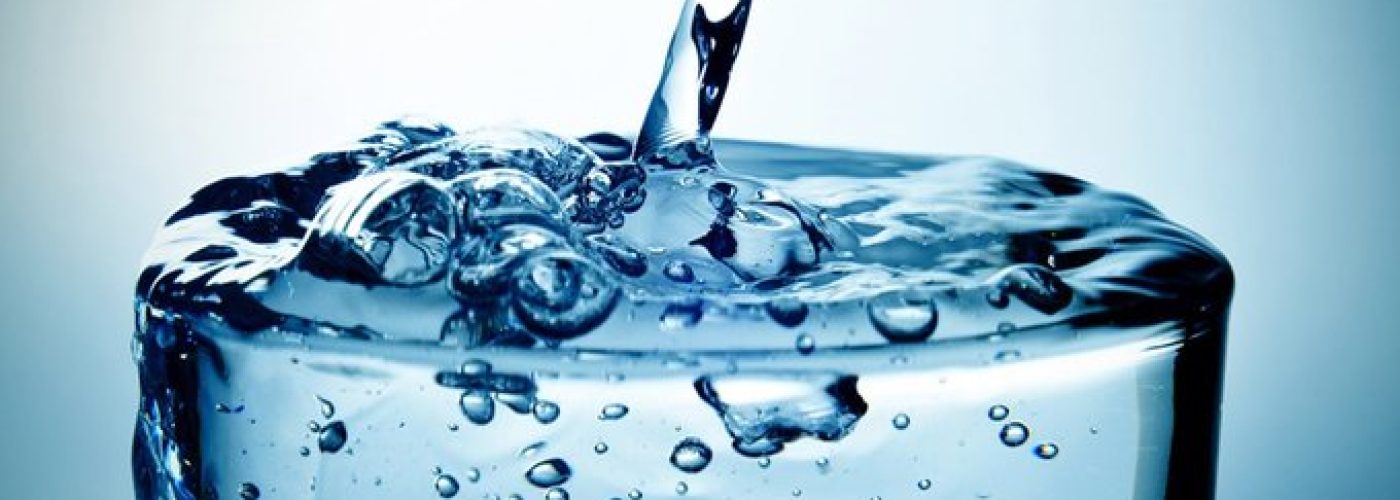Water is an indispensable part of our lives. It is paramount for any modicum of life to exist at all. While looking for any sign of life, our astronauts try to find traces of oxygen and water, primarily, amongst other things.
Our planet consists of large water bodies that take up more than 70% of its overall area. It is quite similar for our body: our bodies are 70% water, and the rest is muscle, skin, bones, blood, etc.
However, water is a resource that we cannot invent. Despite having this resource in massive amounts, scientists have detected a problem regarding the scarcity of water we might have to face in the foreseeable future.
Anyway, the water we have been consuming and putting in use has to go through an elaborate process. Some centers inspect and filter the water before it goes to a water filling machine.
In this article, we will talk about how water is treated in these large water treatment centers.
Water treatment can be divided into five different processes:
Chemical Coagulation
While the water goes through the first step of the process, it is dirty and carries numerous bacterias and toxic materials. This is the first step towards detoxifying it.
Initially, chlorine dioxide is added to the water mixture. Being an oxidant, it helps separate and break down materials like plant matter and leaves. Aluminum sulfate, the primary coagulant, is added consecutively after this process alongside a polymer. The sole function of the polymer is to aid the coagulant in strengthening its bonds.
The use of the polymer is suggested as a coagulant aid since its chain of synthetic compounds will be an ideal fit in this situation.
These coagulants are subsequently rapidly mixed into the water, which kickstarts the coagulation process. It makes the tiny dirt particles cling to each other and form a giant clump, easily detected and filtered out in the following procedures.
Flocculation
If we have to describe the process in short, it is nothing but stirring the coagulated water.
Stirring the water that has already passed through chemical coagulation makes it come in contact with the particulates. Then, the sediments or the particulates adhere to the floc on the water surface, which can be skimmed through easily.
Sedimentation
This process focuses on reducing water’s velocity so that all the particles and particulates descend to the bed. As it gets to the bottom, it is then removed slowly. This process accounts for the removal of 90% of the total dirt.
Disinfection and Filtration
Disinfection refers to the addition of chlorine to the water. Its function is to inactivate or kill any possible microorganisms, bacteria, pathogen, parasites, or viruses. This is where the water is freed of all the possible waterborne diseases like dysentery, giardiasis, gastroenteritis, typhoid, or cholera.
As the name seems to suggest, filtration is where the disinfected water is then filtered of all the floc, sediments, and organisms ready to become safe drinking water and fed to an automatic water filling machine.





